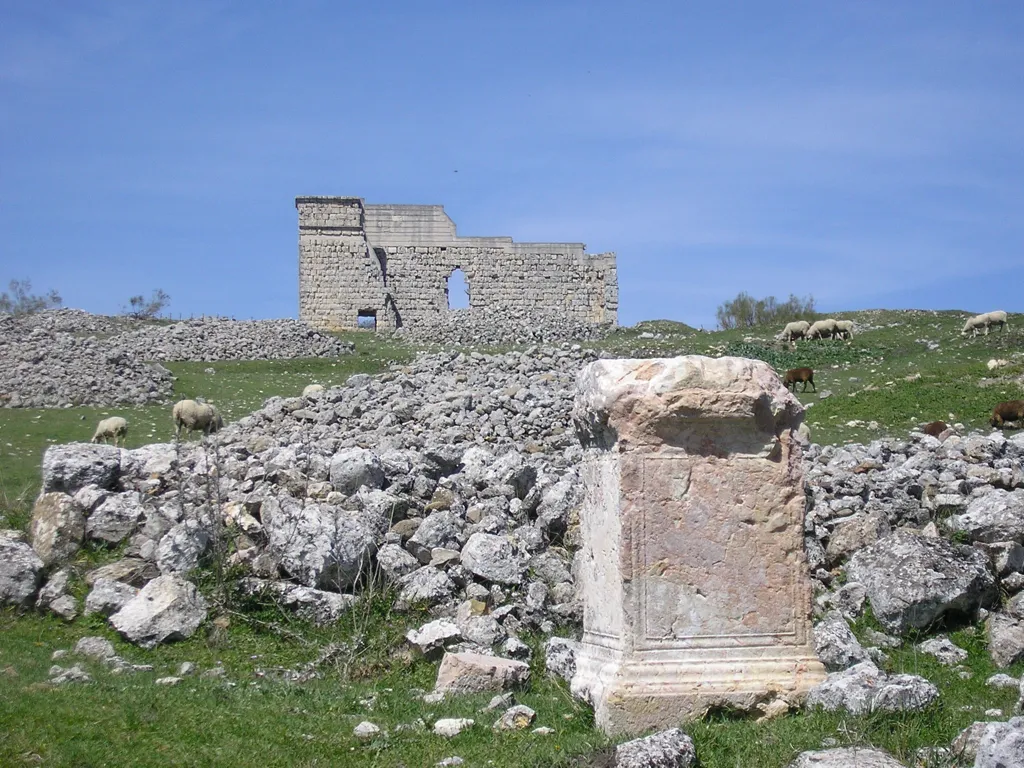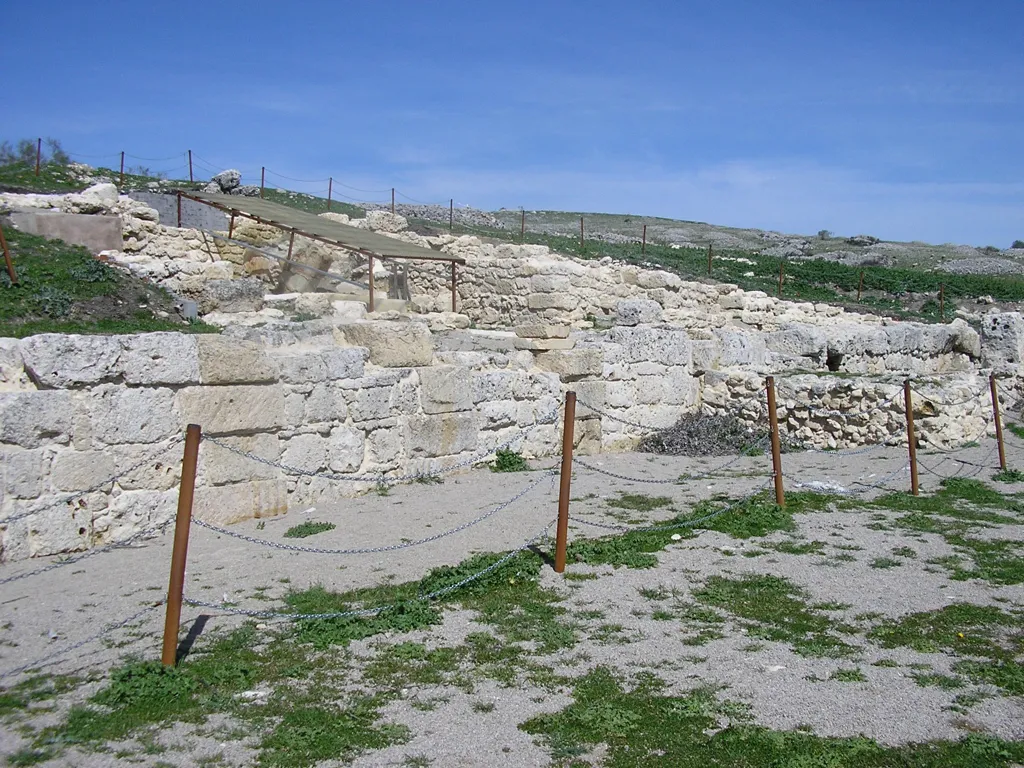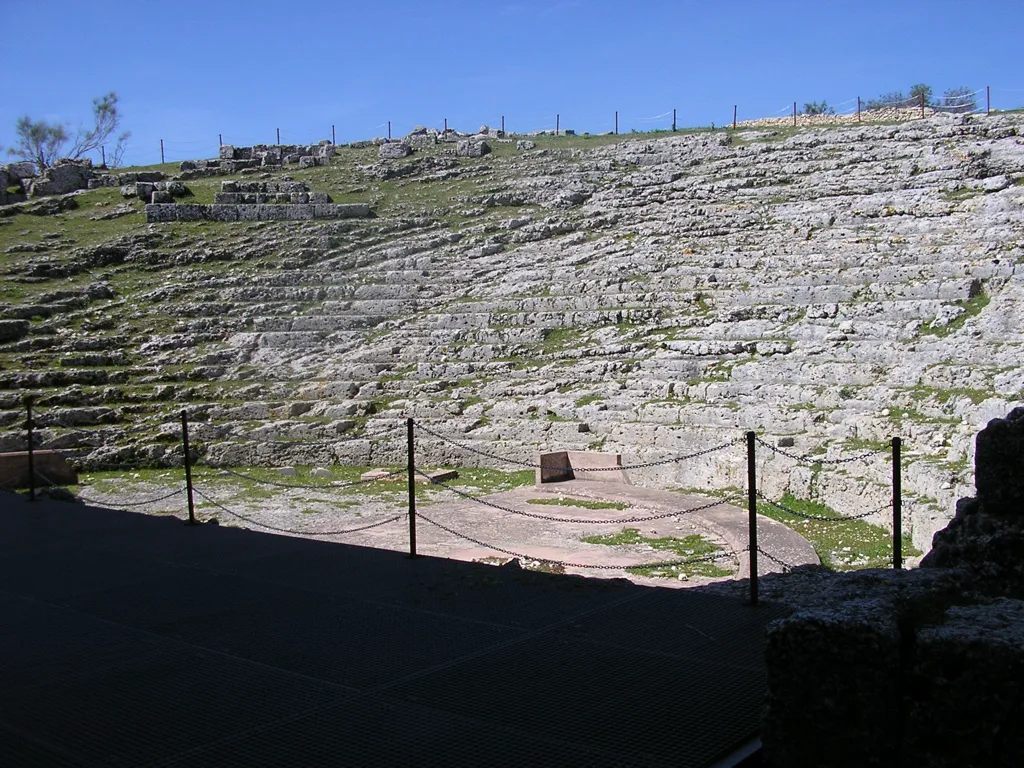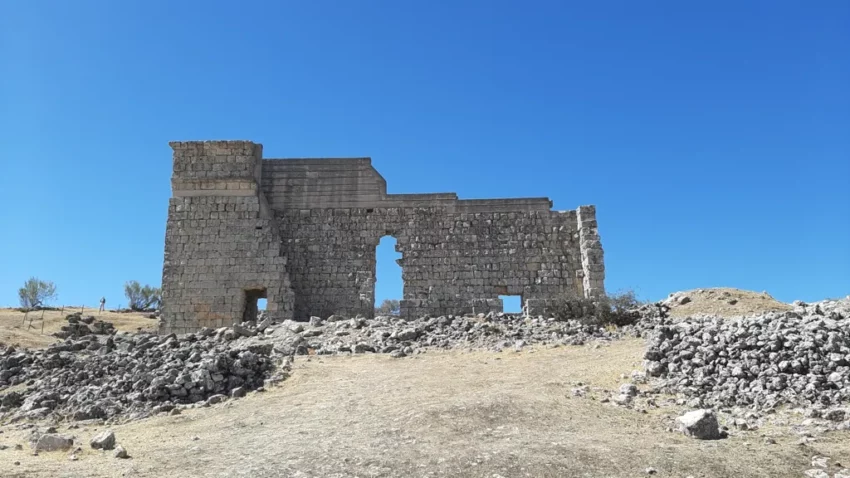The Historical Significance of Acinipo
Acinipo, located about 20 kilometers from Ronda in the Spanish province of Málaga, holds a rich tapestry of history. Founded over 2,000 years ago, it likely served as a settlement for retired Roman legionnaires. Today, its ruins, including a still-functional Roman theater, offer a glimpse into its storied past.
Get your dose of History via Email
The Origins and Development of Acinipo
Historians believe that Acinipo emerged following the battle of Munda in 45 BC. This conflict, a significant clash between Julius Caesar and Pompey’s sons, marked a pivotal moment in Roman military history. Despite the heavy casualties, Caesar’s forces did not achieve a decisive victory, leading to continued resistance from Pompey’s faction. Acinipo likely provided a community for veterans of these turbulent times.

The city’s strategic location on a limestone elevation contributed to its agricultural prosperity. This advantage, coupled with its military origins, positioned Acinipo as a significant Roman outpost. Interestingly, the city’s name, derived from the Tartessian language, suggests it was known as the ‘city of the peak’s inhabitants.’ Romans might have also associated its name with grapes, reflecting the region’s agricultural richness.

Acinipo’s Architectural and Cultural Heritage
Acinipo’s urban layout and architecture reflect its Roman heritage. The city’s theater, ingeniously built into the natural slope, remains its most prominent feature. This structure utilized local materials for construction, with the seating area carved directly from the bedrock. Although much of its ornate architecture has been lost to time, the theater continues to be a focal point for historical and cultural studies.

The thermal baths, another significant element of the site, highlight Roman engineering prowess. Built in the 1st century BC, these baths showcase sophisticated water management systems and architectural elements like columns and various rooms, including caldarium and tepidarium.
The Decline and Legacy of Acinipo
By the 3rd century AD, Acinipo began to decline in importance, with nearby Arunda (modern-day Ronda) rising to prominence. The city was likely uninhabited by the 7th century, as recent archaeological findings, including ceramic remains, suggest. Despite its fall, Acinipo’s legacy continues through ongoing archaeological efforts that uncover its past and through the stories encapsulated in its ruins.

Conclusion
Acinipo serves as a testament to the enduring influence of Roman culture in Spain. Its historical significance, derived from its military origins and architectural achievements, continues to captivate historians and archaeologists alike. As we explore these ancient ruins, we connect with a past that, though centuries old, still resonates with the present.

